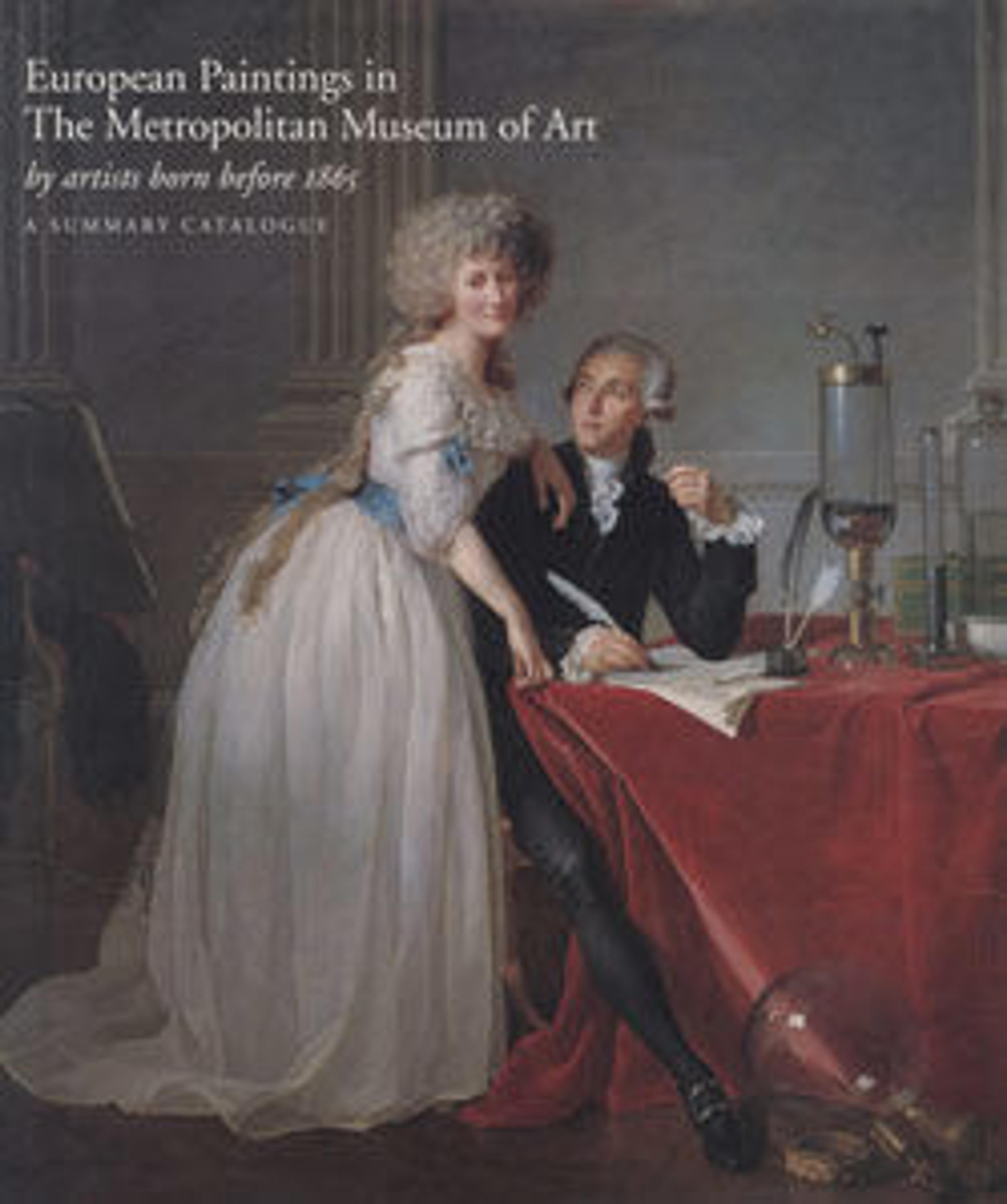Madonna and Child
This graceful picture is based on a design by Verrocchio, the great sculptor, painter, and draftsman who ran the most prestigious workshop of the last third of the fifteenth century in Florence (Botticelli and the young Leonardo da Vinci were among those associated with the shop). The painting would have originally hung in a home, where images of the Madonna and infant Christ were favored for private devotion, in part because they provided ideal models for women and children. Although the left side of the Madonna’s face is badly damaged, passages such as the child’s head convey the striking original quality of the painting.
Artwork Details
- Title:Madonna and Child
- Artist:Workshop of Andrea del Verrocchio (Italian, Florence 1435–1488 Venice)
- Date:ca. 1470
- Medium:Tempera and gold on wood
- Dimensions:26 x 19 in. (66 x 48.3 cm)
- Classification:Paintings
- Credit Line:Bequest of Benjamin Altman, 1913
- Object Number:14.40.647
- Curatorial Department: European Paintings
More Artwork
Research Resources
The Met provides unparalleled resources for research and welcomes an international community of students and scholars. The Met's Open Access API is where creators and researchers can connect to the The Met collection. Open Access data and public domain images are available for unrestricted commercial and noncommercial use without permission or fee.
To request images under copyright and other restrictions, please use this Image Request form.
Feedback
We continue to research and examine historical and cultural context for objects in The Met collection. If you have comments or questions about this object record, please contact us using the form below. The Museum looks forward to receiving your comments.
